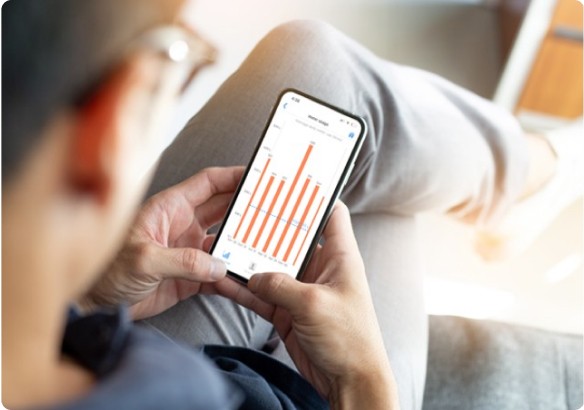Healthy water. For Life.
What's new
slide 1 to 3 of 5
-
Community Update
McCrae landslide
-

Help us to save water
With these simple tips you'll help make sure there's enough water, for everyone.
-
.jpg/_jcr_content/renditions/cq5dam.web.1440.810.jpeg)
Say goodbye to missed notifications
Update your mobile and email to be notified about water interruptions.
-

Helping you with your bill
We have a range of support options to help with your water bill.
-

We’re here to support your business
Take the stress out of paying your water bill with our range of support options.

Who is South East Water?
Every time you turn on a tap, flush a toilet, wash the dishes or make a cup of coffee, we’re there. Our role is to bring you high-quality water and take wastewater away every day - and we’re working 24/7 to make that happen.
Available 24/7 for faults and emergencies
Are you experiencing a leak or water emergency? Report a leak or view works in your area.

-
Accounts and billing
-
Manage your account
-
Pay your bill
-
Understanding your bill
-
Switch to eBills
-
Bill higher than expected
-
When someone passes away
-
Register for mySEW
-
Help and support
-
Set up a Centrepay
-
More time to pay
-
Apply for a concession
-
Set up a payment plan
-
Family violence support
-
Moving house
-
Business
-
Prices and charges
-
Water meters
-
Faults and works
-
Leaks
-
Maintenance
-
Blocked pipes
-
My water seems different
-
Troubleshooting for my meter
-
Water filters and household appliances
-
Works
-
Building and development
-
Developers
-
Future infrastructure
-
Accredited contractors
-
Prices and charges
-
Technical standards
-
Verification forms
-
Property declarations
-
Land development policies
-
Builders and plumbers
-
Pressure and flow
-
Servicing Guidelines
-
Connections
-
Backflow prevention
-
Recycled water connections
-
Prices and charges
-
Assets and easements
-
Home owners
-
Help me to apply
-
Water, waste and environment
-
Learn about water
-
Saving water
-
Water saving tips
-
Target 150
-
Current water use rules
-
School water efficiency program
-
Helping businesses save water
-
Our growing water needs
-
Environment
-
Trade Waste
-
About us
-
Corporate information
-
Freedom of information
-
Our policies
-
Public interest disclosures
-
Procurement
-
Water regulation
-
Enforceable Undertaking
-
Community
-
Hydration Station
-
Community Grants
-
Customer & Community Advisory Council
-
Easy English booklets
-
Working with Traditional Owners and First Nations people
-
Choose tap
-
Water and Sewerage Community Rebate
-
Our strategy
-
Reports strategies and plans
-
Safety commitment
-
Our service guarantees
-
Our performance
-
Our vision
-
Five-year customer commitment
-
Who we are
-
Careers
-
News




%20-%20no%20wave.png/_jcr_content/renditions/cq5dam.web.1440.810.jpeg)

